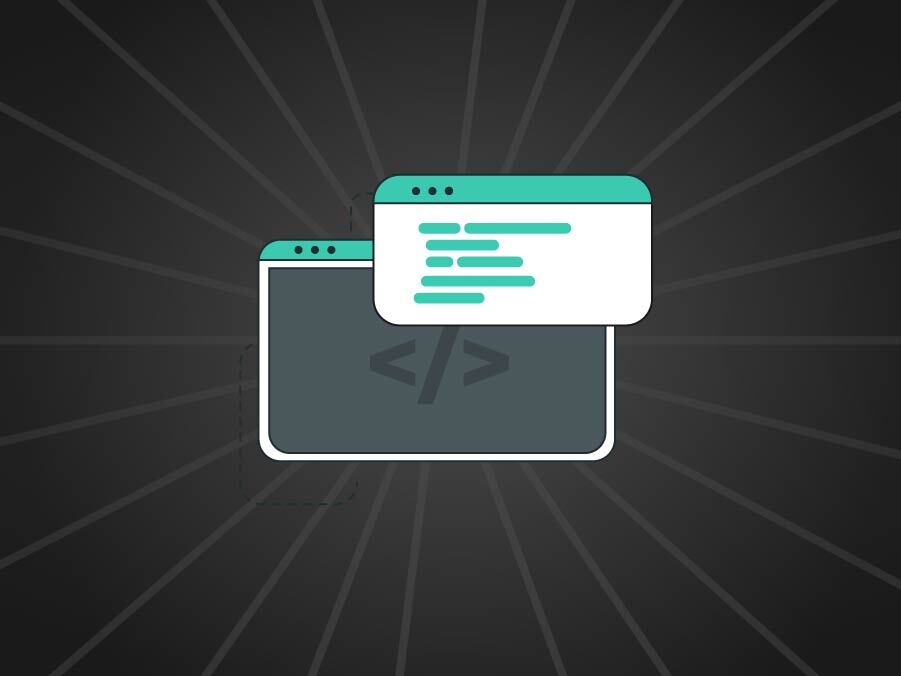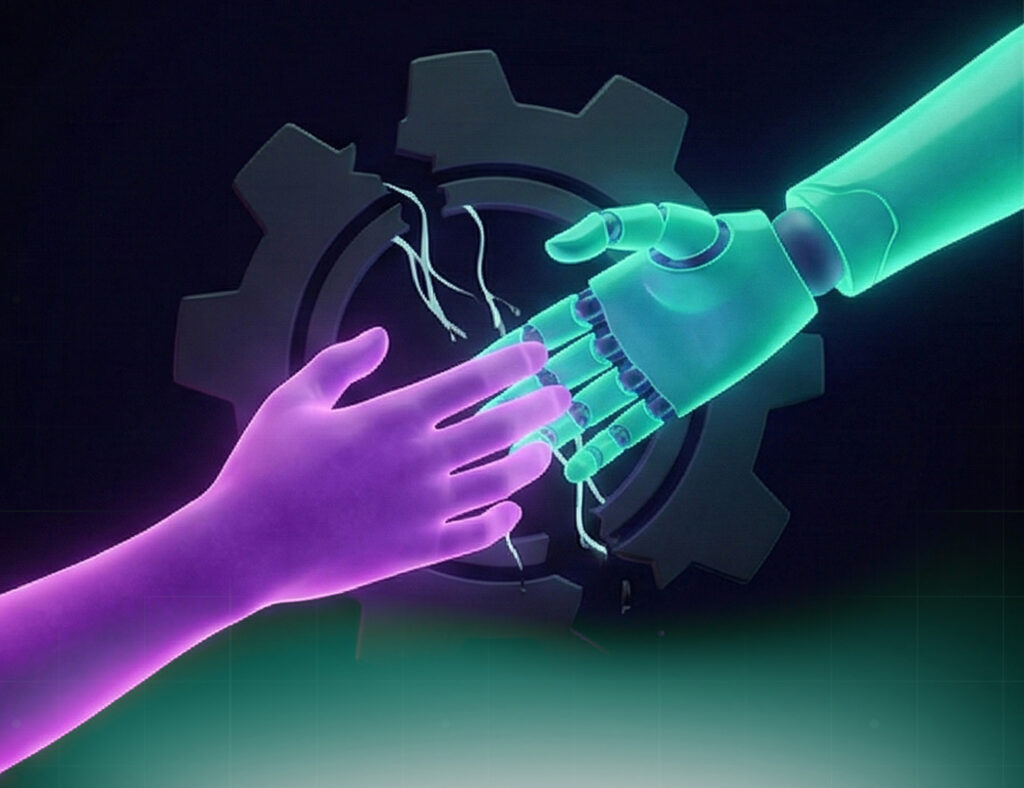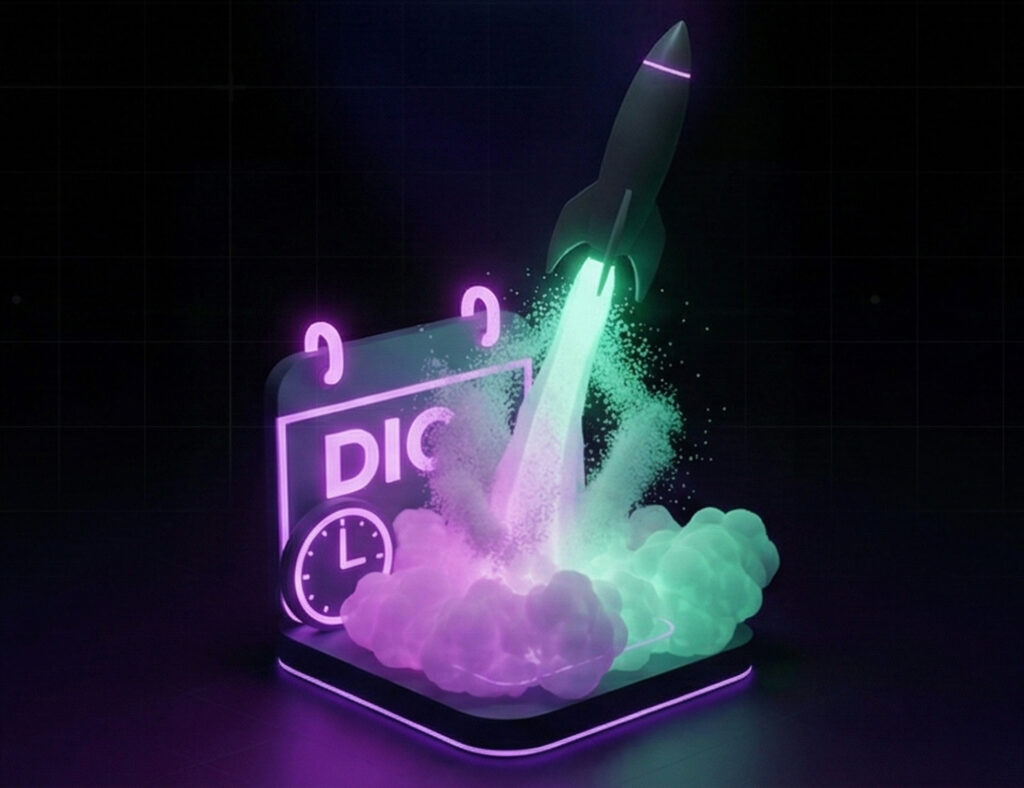In the realm of front-end development, the integration of Artificial Intelligence (AI) tools and techniques has become increasingly valuable. Here, we explore several AI hacks tailored for front-end developers to optimize their craft and stay ahead in the ever-evolving tech landscape.
1. AI-Powered Code Autocompletion
AI-driven code autocompletion tools, like TabNine or Kite, significantly boost productivity by predicting code snippets based on context. These tools analyze coding patterns and suggest relevant code segments, saving time and reducing errors while coding.
2. Machine Learning-Powered Design Generation
Utilize AI-driven design generation tools such as Runway ML or Artbreeder to create visually compelling elements. These tools employ machine learning algorithms to generate graphics, images, or design prototypes, assisting developers in visualizing UI elements efficiently.
3. AI-Based Testing and Bug Detection
Integrate AI-powered testing frameworks like Applitools or Mabl to automate UI testing and identify bugs across different browsers and devices. These tools use AI algorithms to detect visual discrepancies, ensuring smoother user experiences.
4. Natural Language Processing (NLP) for User Interaction
Incorporate NLP libraries, such as Dialogflow or Wit.ai, to implement chatbots or voice-enabled interfaces seamlessly. These tools empower developers to create interactive user interfaces by processing natural language inputs.
5. AI-Enhanced Performance Optimization
Leverage AI-powered performance optimization tools like Polypane or Calibre to analyze website performance metrics. These tools provide insights into performance bottlenecks and suggest optimizations for faster-loading web applications.
6. Predictive Analytics for User Behavior
Integrate AI-based analytics tools like Google Analytics or Mixpanel to understand user behavior patterns. These tools leverage AI algorithms to predict user actions, enabling developers to tailor user experiences based on data-driven insights.
7. AI-Infused Personalization
Explore AI-driven personalization engines like Dynamic Yield or Adobe Target to deliver personalized content to users. These tools analyze user interactions and preferences, enabling front-end developers to create dynamic and customized web experiences.
8. AI-Powered Image and Video Processing
Leverage AI-driven image and video processing APIs such as TensorFlow.js or Cloudinary to manipulate media content dynamically. These tools facilitate tasks like image recognition, object detection, or video editing directly within web applications.
9. AutoML for Model Training
Consider AutoML platforms like Google AutoML or H2O.ai to streamline the process of building machine learning models. These tools automate model training, allowing developers to create custom models without extensive expertise in machine learning.
10. AI-Infused Accessibility Tools
Utilize AI-driven accessibility tools like aXe or Wave to ensure web accessibility compliance. These tools employ AI algorithms to identify accessibility issues and suggest fixes, promoting inclusivity in web development.
By incorporating these AI hacks into their workflow, front-end developers can harness the power of artificial intelligence to streamline development processes, enhance user experiences, and stay at the forefront of innovation in the ever-evolving tech landscape.
Takeaway
These are just a few of the hacks AI has to offer. Leveraging AI can streamline workflows, enhance user experiences, and amplify productivity for developers.
Are you already leveraging AI? Tell us in the comments.






